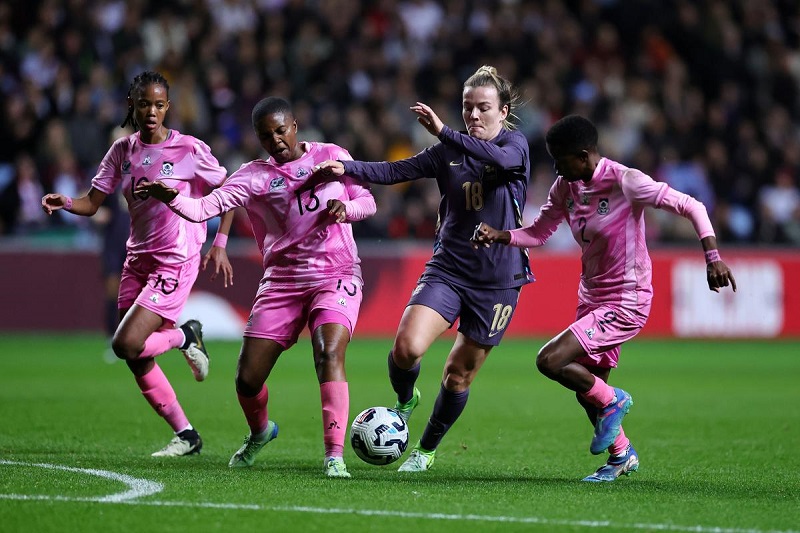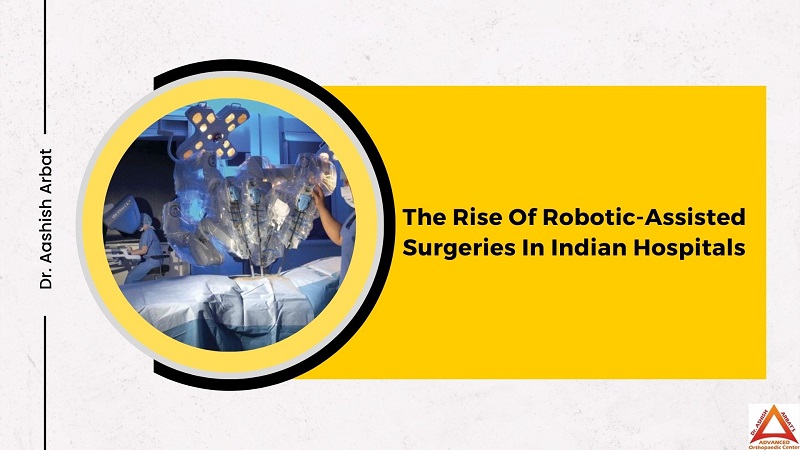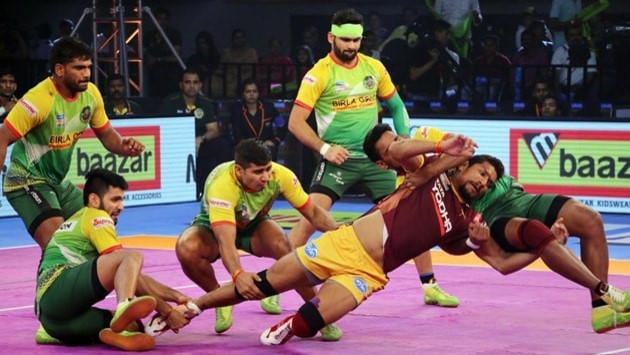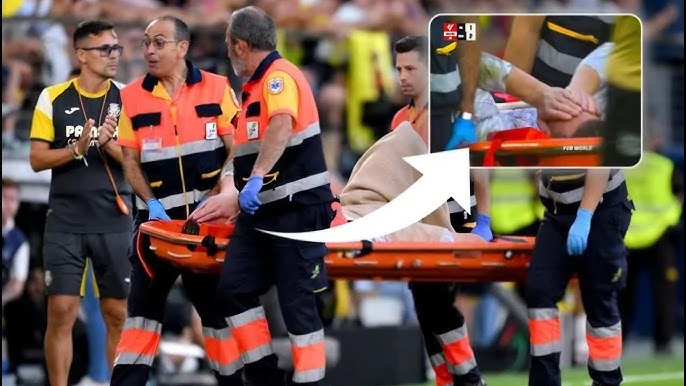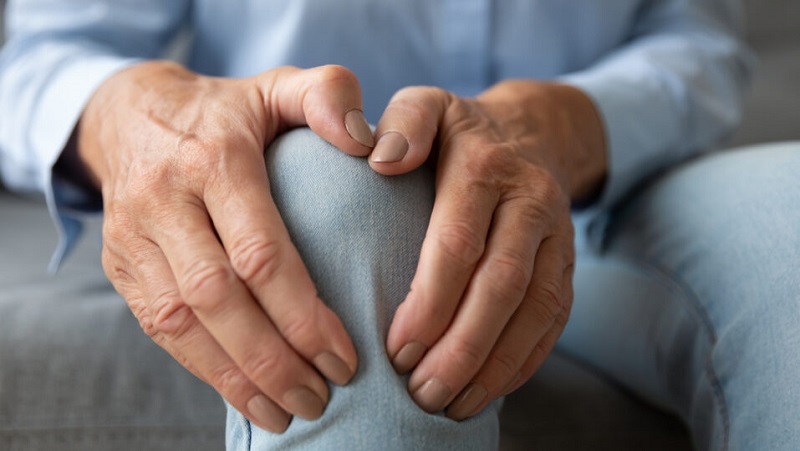Top 5 Mistakes After Knee Replacement
Knee replacement surgery is a surgical process with an intention of improving mobility while easing pain in individuals that have critically impaired knee joints. Knee replacement surgery presently is one of the most common surgical procedures. Around 800,000 knee replacements are performed yearly. Patients mostly enjoy reduced pain in that area and engage in a more active lifestyle post-surgery. Let’s discuss the truth about knee replacement surgery. Like all other surgeries, even for knee replacement surgery there may be some patients that will experience a different outcome after the procedure. In this blog, Dr. Aashish Arbat, the most highly-regarded orthopedic doctor Pune has explained the five most common mistakes a patient can make after getting knee replacement surgery. Top 5 Mistakes After Knee Replacement After knee replacement surgery, effective betterment and long-term result primarily depend on your commitment to proper postoperative care and rehabilitation. Here are the top five mistakes to avoid: Top 5 mistakes after knee replacement surgery include: Not having and following a plan Not following physical therapy and recovery exercises Not dealing with pain and swelling Getting back to physical activities too soon or going back to work Giving up assistive devices too fast Once you undergo knee replacement surgery it is important to carry out two critical exercises. To know more, read on. After Knee Replacement, Two Critical Exercises are: Range of motion exercises: These emphasise on improving the workability and movement of your knee joint. Activities can include joint mobilizations, massage, and stretching. Proprioception exercises: These help with balance and coordination. They can include power and flexibility training, such as hamstring stretches and heel cord stretches. Worst Day After Knee Replacement The third day after knee replacement surgery is often considered the worst day of the recovery journey. As anesthesia wears off, patients become fully alert and conscious of post-surgical pain and discomfort. Lack of sleep can exacerbate pain perception. However, pain typically improves after the first two to three weeks following surgery. Most importantly, you need to monitor your knee health and maintain an overall healthy weight to relieve the stress on your knees. Be careful of movements that involve twisting or bending to avoid too much stress. Keeping up these continuing considerations will increase the longevity and functionality of the knee replacement. If you have recently undergone knee replacement surgery, you need to keep up a few lasting restrictions to ensure a enduring outcome. Permanent Restrictions After Knee Replacement Avoid high-impact activities such as jogging, jumping, or sports with contact. Engage in low-impact activities like walking, swimming, golfing, or biking. There are no absolute age or weight restrictions, as recommendations are based on pain and disability, not age Most knee replacements can be expected to last at least 15 to 20 years 3 Months After Total Knee Replacement During the first 3 months post total knee replacement, you may experience lots of changes and fast improvement. The range of motion will go from almost nothing to 120 degrees of flexion and 0 degrees of extension. Generally, it is possible to be back to normal strength and function in 3 months and your balance and coordination will be remarkably improved. How to Sleep After Knee Replacement? Sleeping on your back with your leg supported by a pillow Sleeping on your side with a body pillow between the legs Sleeping on a recliner chair Avoiding sleeping on your stomach Lowering or eliminating dependence on narcotics prior to surgery Optimizing sleep hygiene weeks before your surgery Using pain pills as directed Wearing a knee brace during the day Keeping a snack and water handy by the bedside Eating light and hydrating well in the morning Taking a daily stroll to boost recovery and manage pain Conclusion Replacement of the knee is important if individuals are suffering from extreme knee pain and lost mobility because of any severe injury or age-related issues. Knee Replacement Surgery in a reputed hospital from a proficient orthopedic surgeon benefits you with significant pain relief, improved mobility, and a better life. During the recovery period of knee replacement surgery, the surgery for joint abnormalities guides you through a positive and healthy lifestyle. Overall, knee replacement is a dependable path to regain functionality and enjoy an active, pain-free life. FAQs What should I be doing 6 weeks after knee replacement? Continue physical therapy Work towards being able to walk a few blocks at a time Perform low impact aerobic exercise like cycling or swimming Avoid jumping, running, jamming your foot, lifting heavy objects, and driving a car until authorized by your doctor Look for continued betterment in mobility and strength Emphasise slowly increasing the scope of motion, strength training, and functional activities Continue pain management and avoidance of risky behaviours Why no pillow under knee after surgery? Using a pillow under the knee post-surgery can cause hyperextension, strain on the lower back and pelvis, and further complications. When you place a pillow under the knee it can disrupt the natural alignment of the leg, potentially leading to complications in other joints. Keeping a neutral position helps ensure the entire leg remains in proper alignment, lessening the risk of secondary issues. Best sitting position after knee replacement Sit on a strong chair with a straight back and armrests. Keep your knees and ankles straight. Don’t sit for long periods (more than 45-60 minutes). Elevate the leg that underwent surgery slightly above your heart level using a pillow or cushion. Avoid soft sofas, reclining chairs, or low-seated furniture. Dr. Aashish Arbat the most experienced Knee replacement doctor in Pune, strives to deliver the best experience before, during and after knee replacement surgery to patients. Wrapping up Now that we know how nerve-wracking and overwhelming it can be to get knee replacement surgery; it is important to get the surgery done at the best hospital by the best doctor. Choose a hospital that is devoted to helping throughout your recovery process, regaining your mobility and improving the quality of your life through personalized and compassionate



